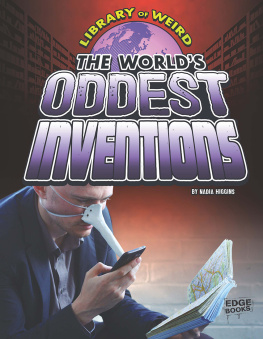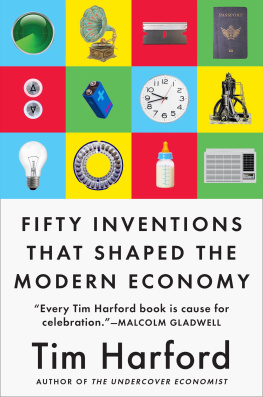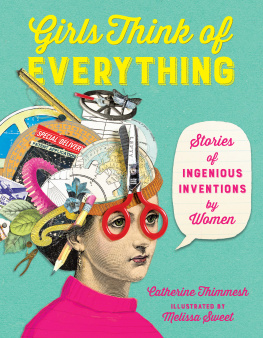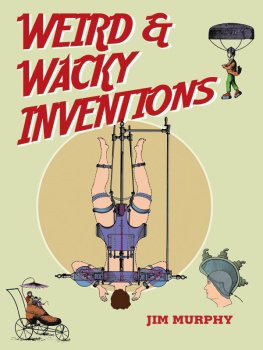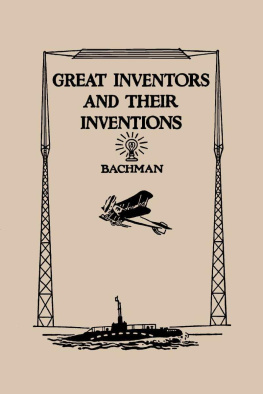
Kimte Guite is an assistant professor in the Department of English at Churachandpur Government College, Manipur. She is also a research scholar on Feminist Theology focusing on Christian Feminism. She lives in Manipur with her husband and three beautiful cats.

Published by
Rupa Publications India Pvt. Ltd 2019
7/16, Ansari Road, Daryaganj
New Delhi 110002
Copyright Kimte Guite 2019
Illustrations by Gin Khan Siam
The views and opinions expressed in this book are the authors own and the facts are as reported by her which have been verified to the extent possible, and the publishers are not in any way liable for the same.
No part of this publication may be reproduced, transmitted, or stored in a retrieval system, in any form or by any means, electronic, mechanical, photocopying, recording or otherwise, without the prior permission of the publisher.
ISBN: 978-93-5333-658-5
First impression 2019
10 9 8 7 6 5 4 3 2 1
The moral right of the author has been asserted.
This book is sold subject to the condition that it shall not, by way of trade or otherwise, be lent, resold, hired out, or otherwise circulated, without the publishers prior consent, in any form of binding or cover other than that in which it is published.
To Simone, Tintin and Banksy
Contents
Introduction
Man possesses an instinctive desire to seek new things. This desire has taken mankind from the invention of the wheel to the printing press and onwards to the World Wide Web. New inventions are made every day to cater to our ever-evolving needs and wants. Looking at the objects around me, I have often wondered how they came into being. The things that I use daily and take for granted must have come from somewhere! They must have been first conceived in someones mind. It also made me wonder which of these things were accidentally invented, with the help of a little dumb luck! Much the same way we find a coin on the road! It set me on the path of unearthing just how many of the inventions that exist today came about by accident. To my surprise, there were so many of them! Even my favourite, potato chips were invented by accident!
The fifty-one inventions included in this book are those that I find interesting for reasons as varied as the inventions themselves. These inventions include coming up with the concept of doing the same thing in a new and novel way, as we measure time from clocks to watches and to digital clocks on cell phones. These inventions are intended to make our life easier. However, it depends on us as to what use we make of it. We share the responsibility of being conscientious users and not exploit these inventions to cause harm and destruction.
Although the inventions here may have been accidental, the determination and perseverance of the inventors to develop and see through the work is something that is purely intentional. They already had the skills required to turn an accident into an invention! The number of experiments that they carried out to perfect their inventions is inspirational. They show us that luck and chance need to be reinforced with hard work to become an achievement. And perhaps, just perhaps, your moment of accident is just around the corner!
Anaesthesia

H umans have been performing surgeries long before anaesthesia had been invented. In the eighteenth century, surgeries were performed with much pain and loss of blood in the patients. There were no effective drugs to control the nerve impulses from sensing pain. Herbs and opium were used, but they were not powerful enough. The procedure was usually painful and sometimes, a fatal one. In this outdated practice, patients would be hit on the head, just enough to make them lose consciousness. The surgery would be performed as quickly as possible before they could wake up! In some instances, the unfortunate patients woke up before the surgery was over or some never woke up at all. Ouch! Imagine how painful it must have been! Lucky for us, those days are long past.
What is anaesthesia?
Anaesthesia is a gas or the injection of drugs before surgical procedures, which makes the body temporarily lose sensitivity to pain, and at times lose consciousness as well. Substances like nitrous oxide and ether have been popular forms of anaesthesia.

Anaesthesia is an eighteenth century term derived from the Greek word an, which means without, and aisthesis meaning sensation.
Lets quickly discuss some of the different types of anaesthesia.
General anaesthesia results in the loss of consciousness as it suppresses the activity of the Central Nervous System (CNS). Local anaesthesia is used on a specific part of the body. It blocks the transmission of impulses in the nerves in the region where it is administered. Hence, only a small surface of the body becomes immune to pain. This is commonly used in minor surgeries, such as stitching small cuts. Dentists also use local anaesthesia during tooth extractions and other procedures to prevent pain.

CNS is the nervous system, which transmits sensations of cold, heat and pain to the body.
Whom do we thank?
In 1799, British chemist Sir Humphry Davy (17781829) was working in his laboratory and was studying the behaviour of gases. On a whim, he inhaled nitrous oxide and found that the gas made him lightheaded and had a strange sensation on his nerves. He believed that the gas had a euphoric and analgesic quality and named it, laughing gas. Davy was intrigued by his discovery. He began to experiment it on himself and on his close friends, including the poet, Samuel Taylor Coleridge. He suggested that his laughing gas had a numbing effect and could be useful in surgeries to ease pain. However, it would need several decades before his idea became a common practice in medical science.

Inhaling nitrous oxide dulls the nervous system. It was used as an early form of painkiller.
Hello, History!
On 30 March 1842, an American surgeon and pharmacist, Crawford W. Long, used ether as an anaesthetic in a surgery to remove a tumour from a patients neck. He had discovered that ether had the same effect that nitrous oxide had on patients. The experiment was a success, as the patient did not experience any pain during the surgery. Then, in 1845, he administered inhaled ether on his wife, Caroline Swain, during childbirth. He started using the substance during amputation and subsequent surgeries. He also promoted the use of ether. However, Crawford Long did not file a patent, and his results were not documented or published until much later in 1849. He never received his due credit because of the ether controversy.
Next page

